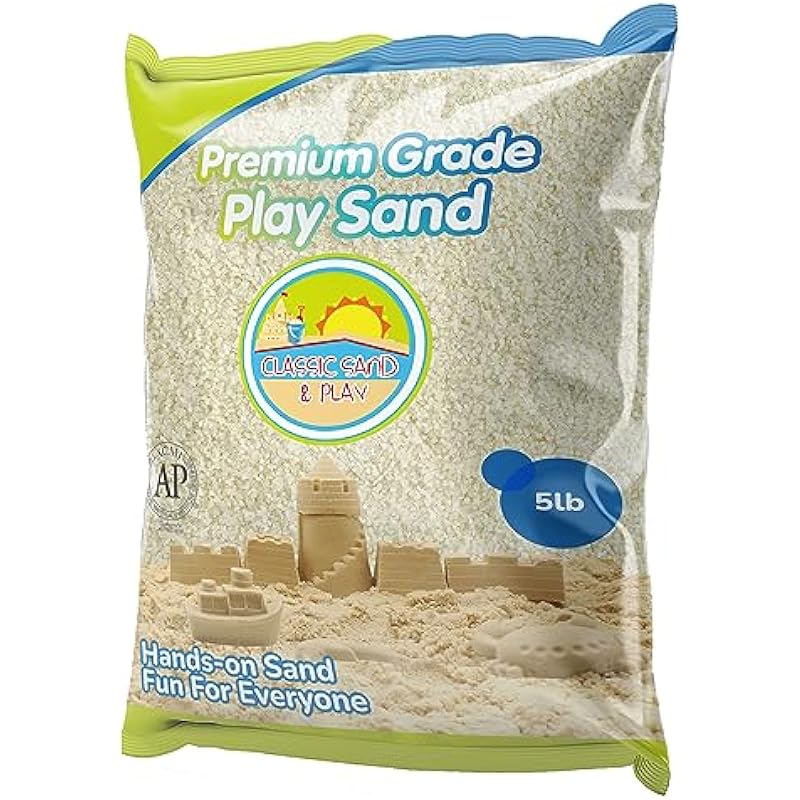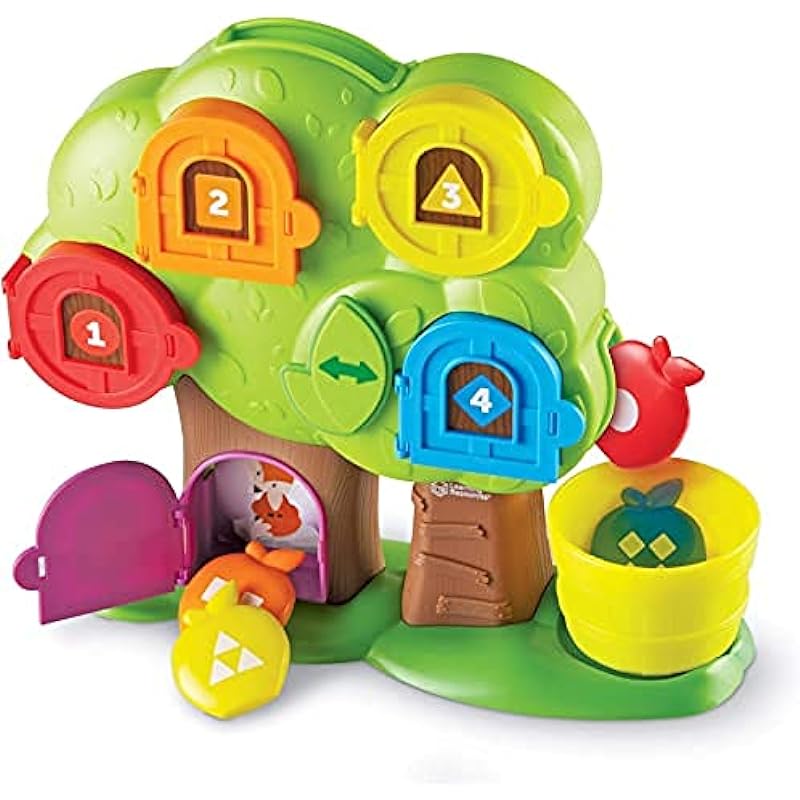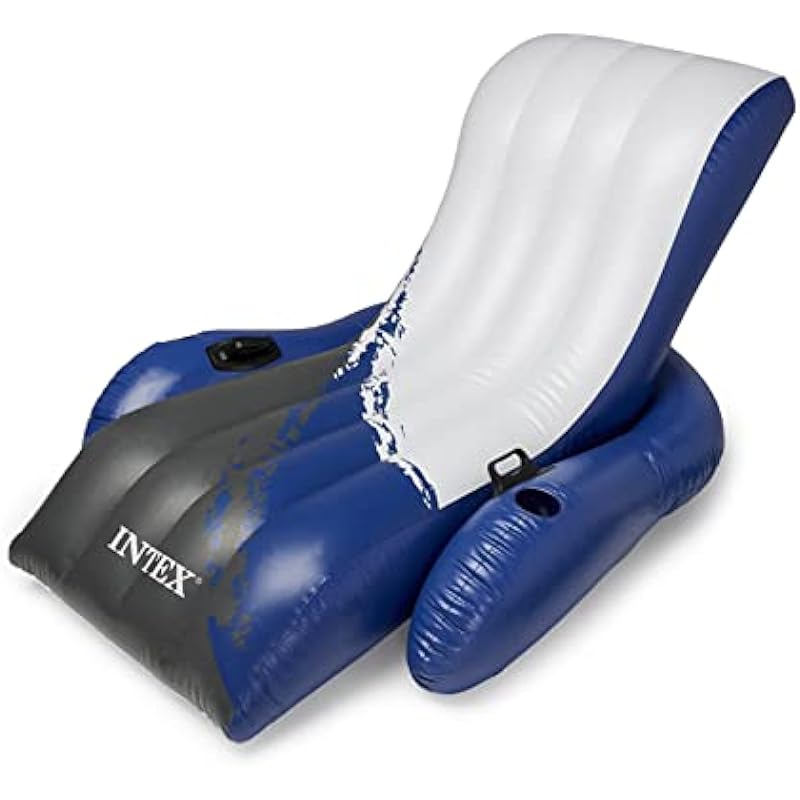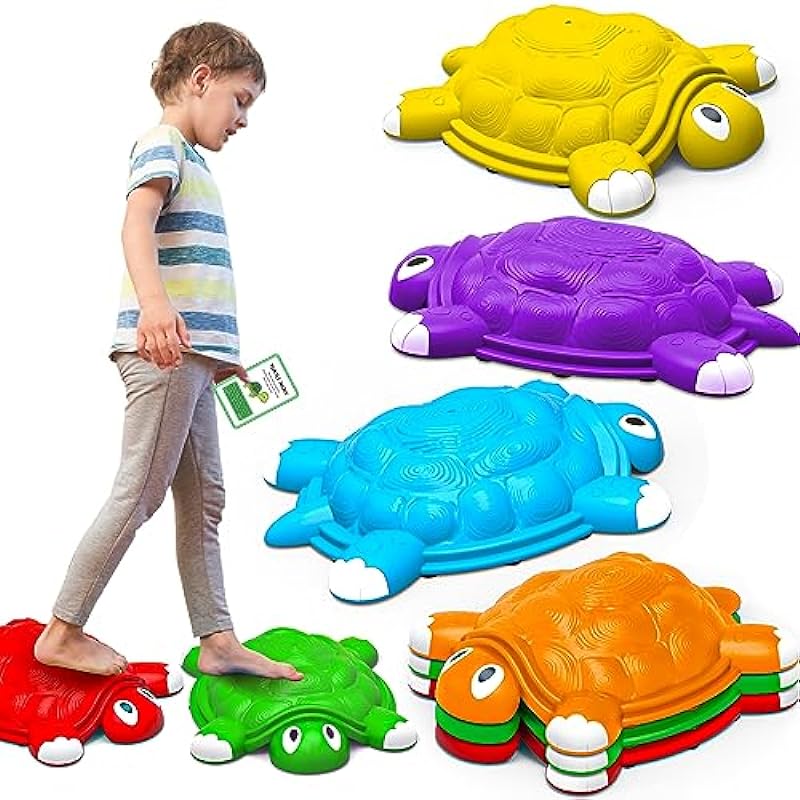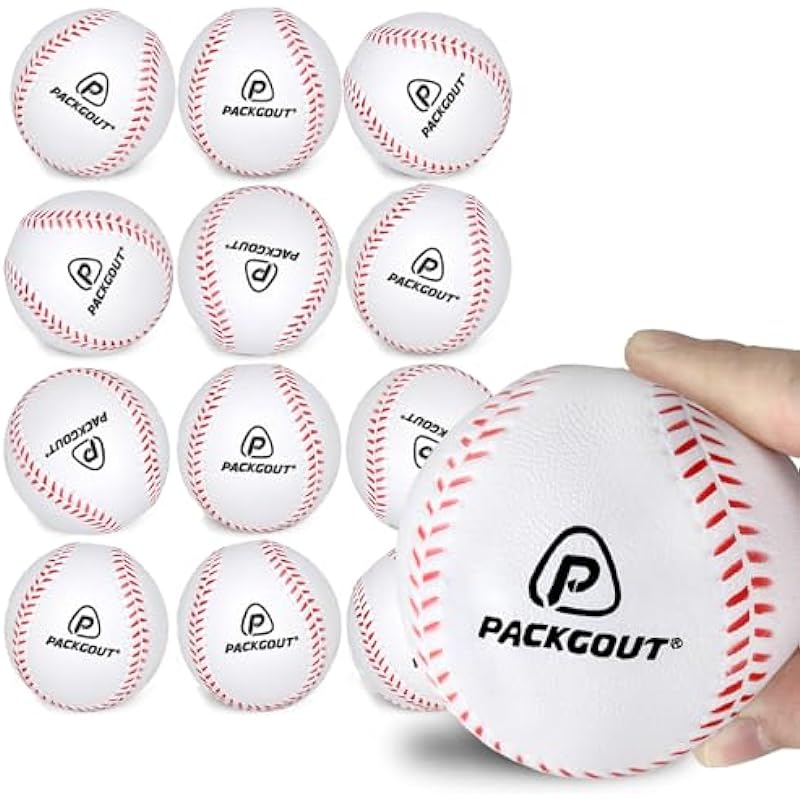TITGGI 1095 Steel Flat Stock Review: The Ultimate Knife Making Material
Unveiling the TITGGI 1095 Steel Flat Stock
When it comes to knife making, the material you choose plays a crucial role in determining the quality and longevity of the final product. As an avid knife maker, both hobbyist and professional, I understand the importance of selecting the right steel. That's why I was eager to try the TITGGI 5 Pack of 1095 Steel Flat Stock. I've spent the last few weeks working with this steel and wanted to share my comprehensive experience with you.

First Impressions and Packaging
The TITGGI 1095 Steel Flat Stock arrived promptly and well-packaged. The brand's attention to detail in packaging is evident. The steel came encased in three layers of protection: rust-proof oil for immediate corrosion resistance, rust-proof paper as a secondary barrier, and finally, bubble wrap to protect against physical damage. This thoughtful packaging ensures that the steel arrives in pristine condition, ready for use.
Specifications and Features
The TITGGI 1095 Steel Flat Stock is offered in a package of five, each measuring 12 inches in length, 2 inches in width, and 0.12 inches in thickness. This size is versatile and provides ample material for crafting a variety of knife styles. The 1095 steel is a high-carbon material known for its durability and edge retention, making it a popular choice among knife makers.
Cold Rolled and Annealed
One of the standout features of the TITGGI steel is that it is cold-rolled and annealed. This process enhances the machinability of the steel, which is a blessing for those who spend hours grinding and shaping their knives. The annealing process softens the steel slightly, making it easier to work with, especially when it comes to cutting and grinding.
Material Quality
1095 steel is renowned for its toughness and ability to hold an edge. This makes it an excellent choice for both beginners and experienced knife makers. The steel's high carbon content also means it is easy to sharpen, a crucial factor when creating a knife meant for functional use.
Working with the Steel
Cutting and Shaping
From my experience, cutting and shaping the TITGGI 1095 Steel was a smooth process. The annealed nature of the steel meant it was soft enough to work on without excessive wear on my tools. I used a band saw for cutting, and the steel went through it like butter, leaving a clean edge that required minimal finishing.
Grinding
Grinding the steel to shape the knife was straightforward. The steel's composition allowed me to achieve a fine edge without needing to switch abrasive belts frequently. This is a significant advantage, as it saves both time and resources. The grinding process brought out a beautiful, smooth finish, indicative of the high quality of the steel.
Creating a Custom Knife
The 1095 steel's characteristics make it an ideal candidate for a variety of knife styles. I opted to create a bushcraft knife, which demands durability and a sharp edge. The process from start to finish was enjoyable, with the steel responding well at every stage.
Heat Treatment
After shaping, I proceeded to heat treat the blade. The 1095 steel requires a careful heat treatment process to reach its full potential. I heated the blade to a cherry red and quenched it in oil, followed by tempering at around 400 degrees Fahrenheit. The resulting blade was hard yet retained a degree of flexibility, perfect for outdoor use.
Final Sharpening and Testing
Sharpening the knife was a breeze. The steel took a keen edge quickly, and after a few passes on my sharpening stones, I had a razor-sharp blade. I tested the knife on various materials, including wood and rope, and it performed admirably, maintaining its edge without dulling.
Pros and Cons
Pros
- High-Quality Material: The 1095 steel is robust and reliable, offering excellent edge retention.
- Easy to Work With: Annealed and cold-rolled, the steel is easy to cut and shape, even for beginners.
- Well-Packaged: The triple-layer protection ensures the steel arrives in perfect condition.
- Cost-Effective: Given the quality and quantity, the price is reasonable for both hobbyists and professionals.
Cons
- Prone to Rust: As with all high-carbon steels, 1095 is susceptible to rust if not maintained properly.
- Requires Careful Heat Treatment: The steel demands a precise heat treatment to maximize its potential, which might be challenging for beginners.
Conclusion
Overall, the TITGGI 1095 Steel Flat Stock is an exceptional product for knife makers. Its quality, ease of use, and affordability make it a standout choice for both professionals and hobbyists. Whether you're crafting a custom knife for everyday use or creating a piece of art to display, this steel will serve you well. It's a purchase I wholeheartedly recommend to anyone serious about knife making.
